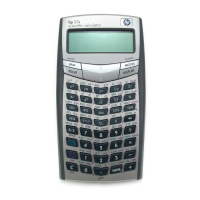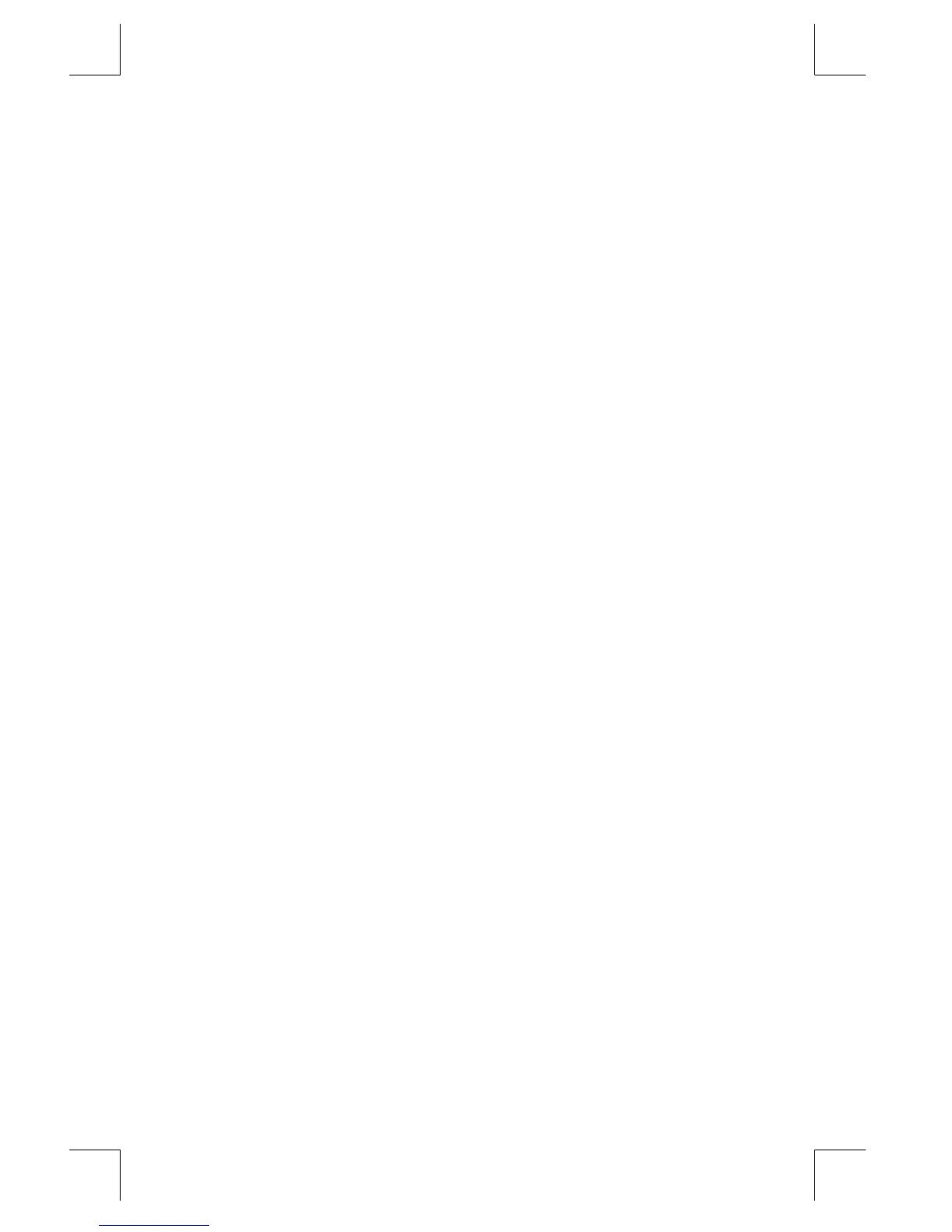12–20 Simple Programming
File name 33s-E-Manual-1008-Publication(1st).doc Page : 386
Printed Date : 2003/10/8 Size : 13.7 x 21.2 cm
Use the cursor keys,
Ø
and
×
. Pressing
¹
¦
at the last line wraps
the pointer around to
, while pressing
¹
¨
at
wraps the pointer around to the last program line.
To move more than one line at a time ("scrolling"), continue to hold the
Ø
or
×
key.
Press
r
Ë
Ë
to move the program pointer to
.
Press
r
Ë
label nnnn to move to a labeled line number less than
10000.
If Program–entry mode is not active (if no program lines are displayed), you can
also move the program pointer by pressing
¹
r
label.
Canceling Program–entry mode does not change the position of the program
pointer.
Memory Usage
If during program entry you encounter the message
, then there is
not enough room in program memory for the line you just tried to enter. You can
make more room available by clearing programs or other data. See "Clearing
One or More Programs" below, or "Managing Calculator Memory" in appendix
B.
The Catalog of Programs (MEM)
The catalog of programs is a list of all program labels with the number of bytes of
memory used by each label and the lines associated with it. Press
¹
u
{
} to display the catalog, and press
Ø
or
×
to move within the list. You
can use this catalog to:
Review the labels in program memory and the memory cost of each labeled
program or routine.
Execute a labeled program. (Press
t
or
¥
while the label is
displayed.)
Display a labeled program. (Press
¹
£
while the label is displayed.)
Delete specific programs. (Press
¹
¡
while the label is displayed.)
See the checksum associated with a given program segment. (Press
º
Î
.)

